The fuselage of the H-Maskinen was of standard design for an aircraft of that period, and consisted of wood and canvas. Metal brackets were used to hold it all together, and turn-buckles and piano wire were used to true it up.
The canvas would have been silver-doped, like all the other Royal Danish Army aircraft of its day, and thus slightly see-through. I therefore have to design the model in that fashion too. If the canvas had been painted, and not see-through, it would have been much easier to make the model.
Anyway, I have first drawn the fuselage in Alibre CAD. It is not very detailed this time, as I do not imagine that I will be selling any of these plans. They are after all only relevant for a handful of Danish large-scale enthusiasts.
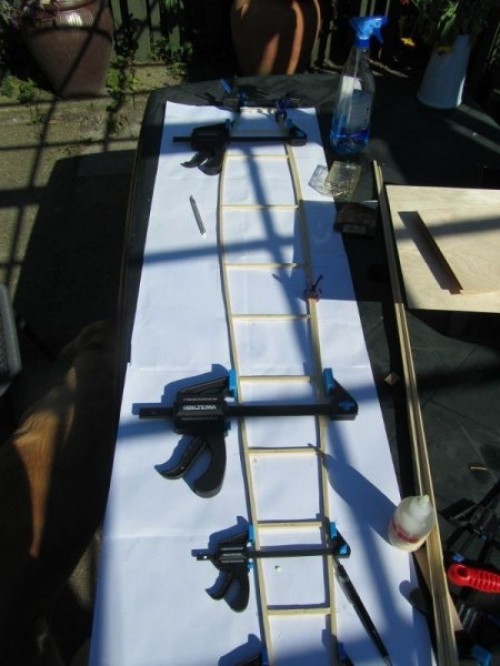
I then printed out the side-view on a sheet of paper, and glued all the spruce stringers together based on the drawing.
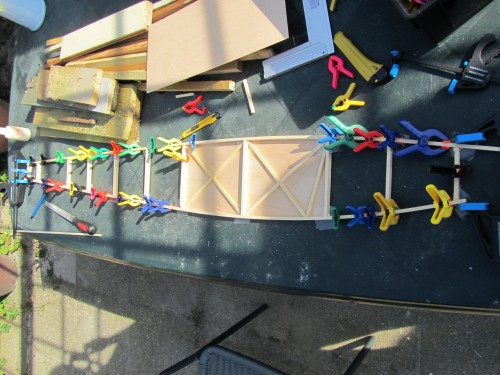
Next, I added the internal stiffeners in the cockpit area, exactly where the real aircraft had been reinforced. I then added some 0.8mm plywood where the actual aircraft had plywood sheeting.
Since the H-Maskinen had an open cockpit, it is possible to see its inside it, and it must be decked out with all the right details, including the internal reinforcements.
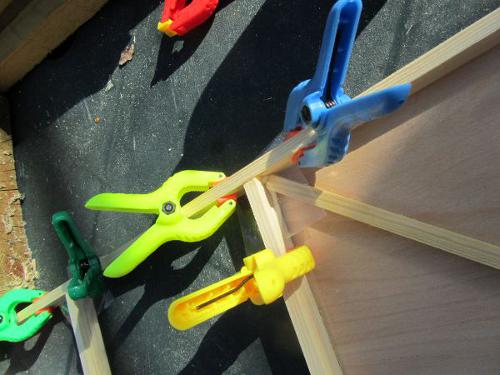
I then built the other fuselage side on top of the first one, to make sure they came out 100% identical. A piece of plastic sheet was placed between the left and right sides, to prevent the two sides getting stuck together.
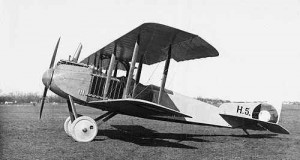 H-Maskinen is going to fly again, after almost 90 years.
H-Maskinen is going to fly again, after almost 90 years.



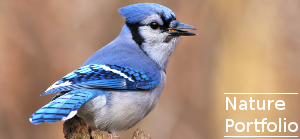
 27/08/2011
27/08/2011
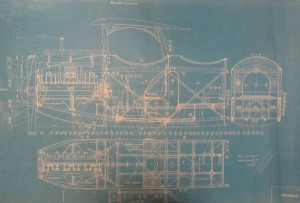



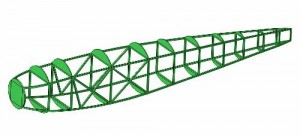

Leave a reply